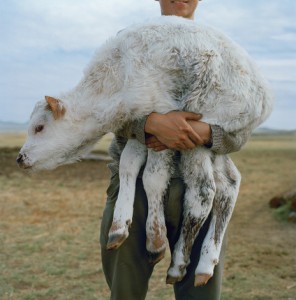 One of the interesting issues in modern societies is how certain segments of the population are viewed and treated. Recently in the news have been reports about retirees in Germany and orphans in Russia. A recent article in the Guardian discusses the issue of Oma (Grandmother) export, namely pensioners leaving Germany to live in other countries due to the high cost of living in Germany and their modest pensions. Examples are given of German senior citizens moving to Hungary, the Czech Republic, Greece, and Thailand. In some cases, the facilities to which the older Germans emigrate have German-speaking staff and offer activities familiar from German culture (singing folk songs), but this is an exception. This is a quite different phenomenon from the long-time practice of well-to-do German retirees moving to Mediterranean beach locations. The current “Oma export” of German citizens living off their pensions has raised concerns in Germany, especially when the people involved have limited faculties and few options. Such a situation would be hard to imagine in countries where it’s understood that families, no matter what, care for their own, such as in many Asian, African or Latin American cultures. Americans tend to have fewer scruples about sending family members off to homes.
One of the interesting issues in modern societies is how certain segments of the population are viewed and treated. Recently in the news have been reports about retirees in Germany and orphans in Russia. A recent article in the Guardian discusses the issue of Oma (Grandmother) export, namely pensioners leaving Germany to live in other countries due to the high cost of living in Germany and their modest pensions. Examples are given of German senior citizens moving to Hungary, the Czech Republic, Greece, and Thailand. In some cases, the facilities to which the older Germans emigrate have German-speaking staff and offer activities familiar from German culture (singing folk songs), but this is an exception. This is a quite different phenomenon from the long-time practice of well-to-do German retirees moving to Mediterranean beach locations. The current “Oma export” of German citizens living off their pensions has raised concerns in Germany, especially when the people involved have limited faculties and few options. Such a situation would be hard to imagine in countries where it’s understood that families, no matter what, care for their own, such as in many Asian, African or Latin American cultures. Americans tend to have fewer scruples about sending family members off to homes.
Russian society, on the other hand, is trying to keep some of their most vulnerable members of society – orphans – from leaving the country, namely to be adopted by Americans. The recent law passed by the Duma and signed by President Putin is meant as retaliation against the Sergei Magnitsky Act passed by Congress, which imposed sanctions on Russian officials involved in the death of an imprisoned lawyer in 2009 who had been a whistle blower on a tax-fraud scheme. But it’s not just politics. Russians have been less than enthusiastic over the idea of foreigners adopting Russian children, despite the low adoption rate in Russia, seeing it as a slap in the face, implying their society can’t take care of their own. Russia is not alone in this, many other countries have expressed concerns or passed restrictive laws on foreign adoptions. It would be interesting to see a study comparing attitudes toward adoption around the world.



